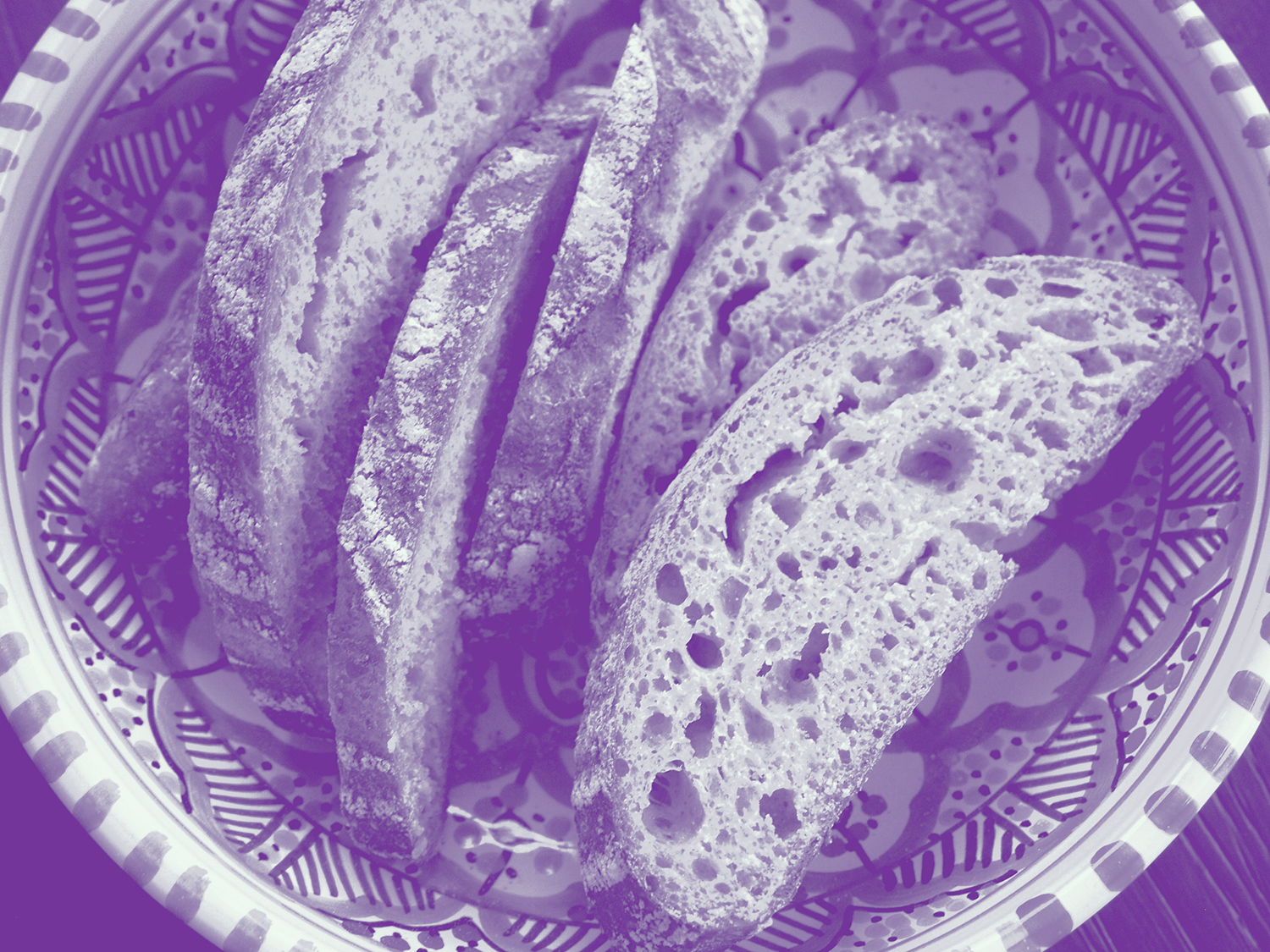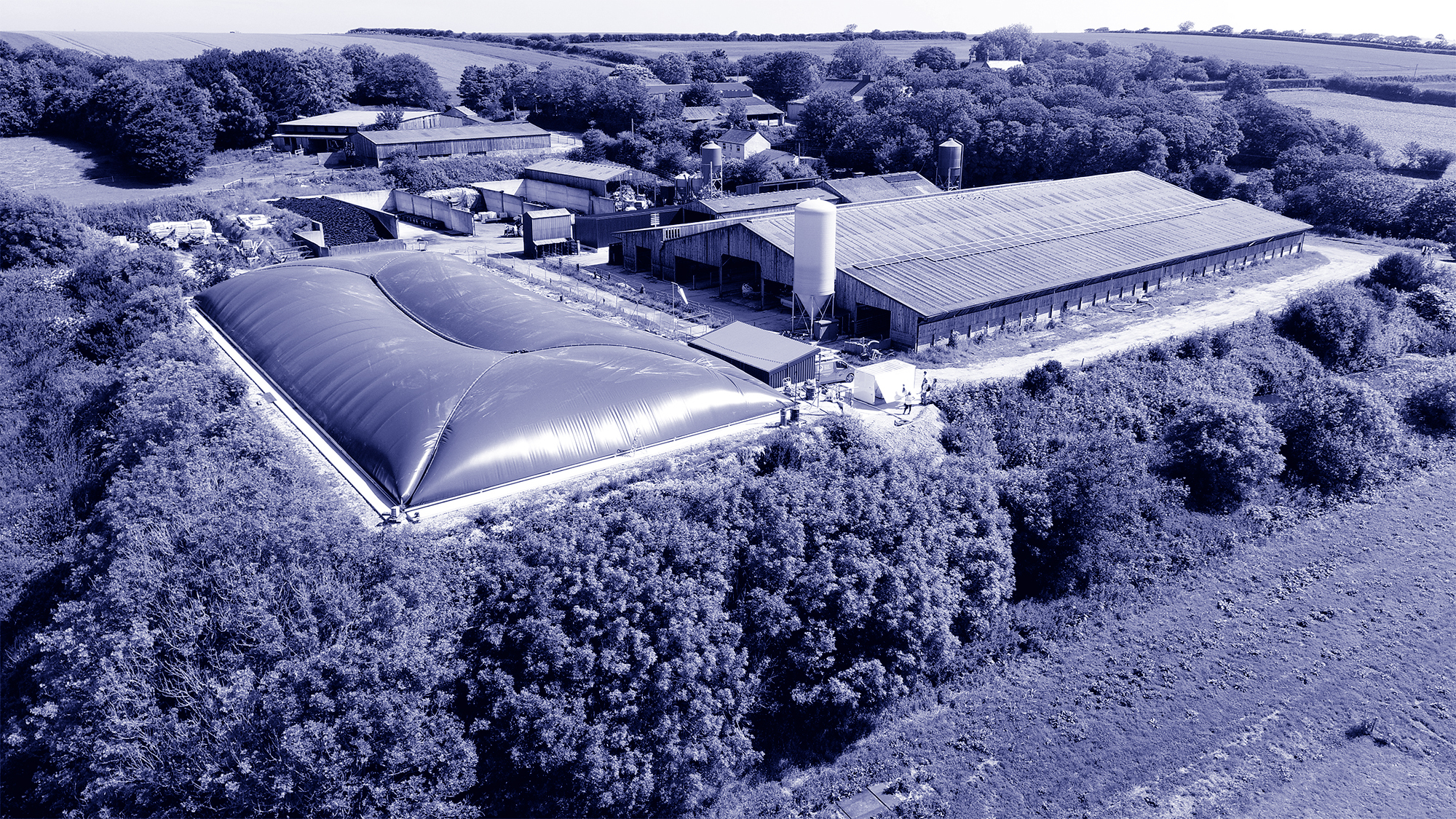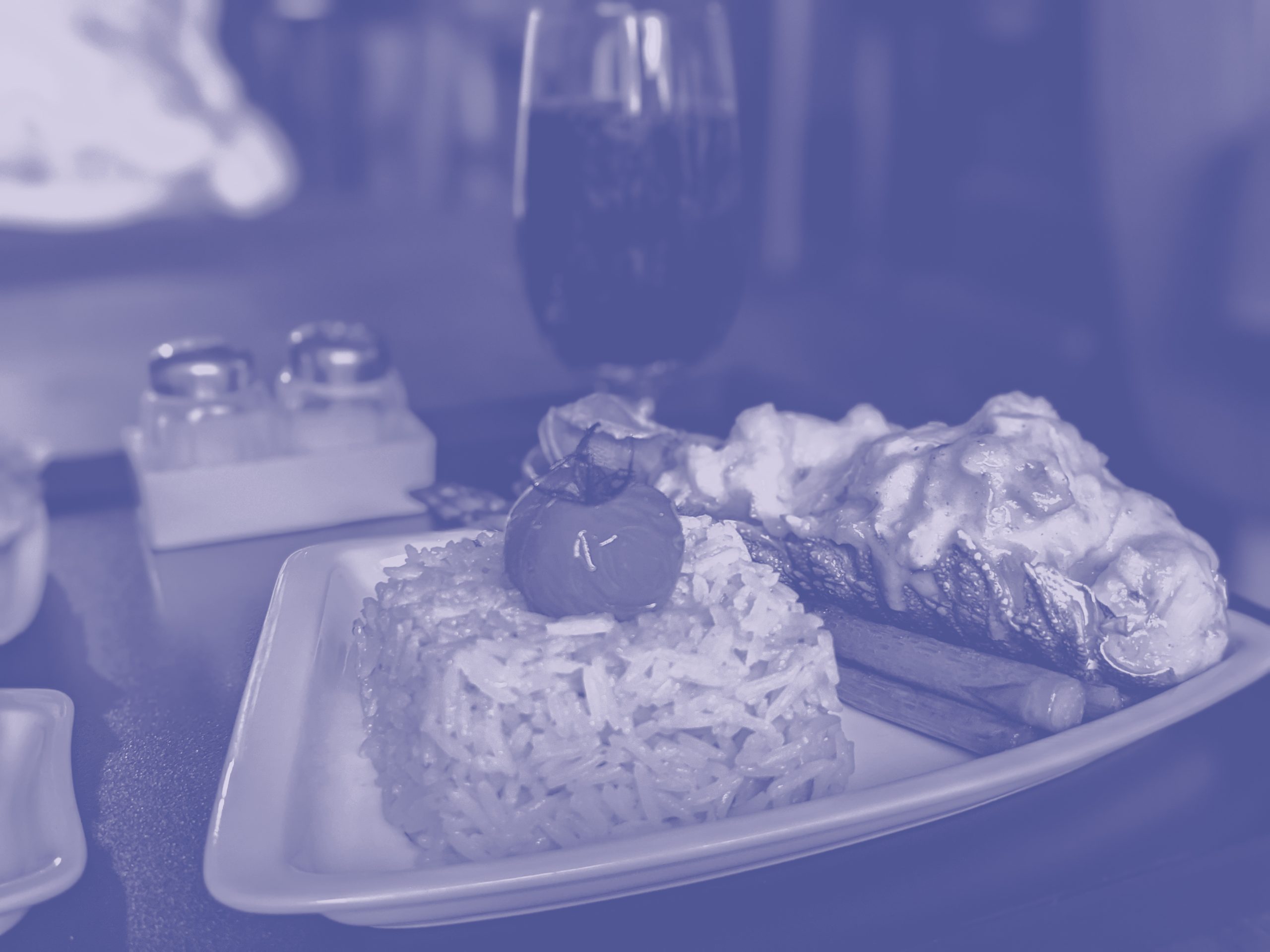Endangered Kitchen explores disappearing and lesser known food practices through the lens of contemporary politics, climate change and recipes.
I sit at a table in my favourite tasca. A basket full of the usual entradas is placed in front of me on the white, paper tablecloth—pate de sardinha, some cheese, butter, salty olives and non descriptive white rolls. The bread rolls always make me sad. In fact, as a baker, when I first moved to Lisbon in 2018, Portugal’s bread in general made me sad—it is of a surprisingly low quality. Odd, especially when Portuguese pastelerias are so joyful, displaying hundreds of luminous and sugary custard-based treats, that there are so few padarias and the selection of bread in supermarkets is lacking. To make matters worse, unprocessed flour is near impossible to find, so making a decent homemade loaf is also difficult.

What do I mean by ‘good’ or ‘real’ bread?’ I mean bread that has not been made by overly industrialized processes, rendering it less nutritious for human consumption. The pursuit of ‘good’ bread was a common problem in Lisbon. “It was really difficult to find different bread, not just in Lisbon, but all over Portugal. No one used good flour or took the necessary time and care,” say Paulo Neves and Paulo Pina, owners of sourdough bakery, ISCO, which opened in August 2018, and is just one of a handful of its kind in the city. It is not that the Portuguese do not care about bread—quite the opposite. There are the slabs of white, buttered bread topped with sardines and blood sausage during the festas juninas; tosta mista, cousins of the grilled cheese sandwich; broa de milho, or corn breads; pão de alentejo, a rustic loaf from central Portugal; pão de centeio, a dense and sticky rye; bolo de caco, Madeiran flatbread; sweet massa sovada from the Azores; and acorda, or bread porridge—the list goes on! But the flour used to make these, the backbone of any bread-making recipe, is heavily processed, and in my opinion, not fit for purpose. Technically, Portugal’s climate is not ideal for wheat farming, it was once possible to produce grains, especially for hardier flours like rye and corn. “We used to be the field of Europe,” says Paulo Pina. “There were hundreds of varieties of rye and spelt, but we stopped growing them so they are all gone,” he laments.
The fate of Portuguese flour can be directly linked to its turbulent political history. The loss loss began during the Depression of the 1930s. The Federação Nacional dos Industriais de Moagem (FNIM) was set up by the then dictatorial government to save the 260 mills that were at risk of financial collapse, handing over “broad regulatory powers… each mill received sufficient grain to occupy processing equipment for 8-10 hours per day… Fixed prices were established to ensure profitability.” 1 The flour milled changed to the lowest grade and cheapest wheat varieties and Portugal’s kitchens suffered. The government had put more emphasis on the economy than the wellbeing of the people, a policy typical of the dictator, Salazar’s, regime.
The FNIM never quite lost its grip and morphed into government-approved flour cartels that held “legal power to set domestic prices… by controlling imports of wheat… allocating production quotas to flour millers, banning the construction of silos to store flour and restructuring the industry through use of government investment funds.” 2 The fall of the dictatorship in the early 70s also came with the fall of most of the flour cartels. But the damage had already been done, leaving Portugal with fewer than 60 mills left in operation in 1974, and bleached flour the industry standard. Many Portuguese grain varieties were gone for good, choked out of production. The cartels were still in operation until just over 10 years ago in 2009, when 11 mills were fined 9 million euros for coordinating prices by the Portuguese Competition Authority. At this time, Portugal was recovering from another recession. A decade later, however, the country has turned a corner under an anti-austerity, left-leaning government, Portugal’s economy grew faster than any other country in the Euro Zone between 2016 – 2019. With this upturn, bread has benefitted.
There are now several “real” bakeries in Lisbon, and consequently, a revival in Portuguese milling. Pina and Neves tell me that ISCO “really wanted to use local flour, (and that) some people are trying to find new species. There is a guy trying to make a (tourist) experience of local wheat, another guy who found some old wheat and rye varieties mixed together on a field. Slowly things will change.” When I ran my own small baking business in Lisbon, I was often pointed in the direction of one Portuguese mill that survived Salazar’s cull—300 year old, family run Farinhas Paulinho Horta. Having met owner Paulo Horta when he hand-delivered bags of flour to my doorstep, I found him an inspiring character—he could talk for hours about flour and the mill pride themselves on preserving Portuguese grains like saloia, native to the area surrounding Lisbon. Using heritage millers does have challenges. Paulo Pina points out this affects his bread’s consistency, and we still haven’t found a Portuguese miller that can provide flour all year round. The supplier changes a lot and if we have to switch to German and French flour, we need two or three days (to adjust bread recipes). It’s not easy.”
Whereas bakeries were once a neighborhood staple, the presence of an independant bakery (especially the sourdough variety) is now a telltale sign of gentrification and is often pricier than supermarket bread. But Portuguese wages are low and the people are still mindful of their spending, so I wondered if this also affects the slow uptake on bakeries. “We have a very specific client,” says Paulo Pina, “they have a good quality of life but we (also) sell a lot of bread to our (mainly Portuguese) neighbourhood, no one complains (about the price) because they understand that it’s important (to have good bread).” And has the pandemic affected bread sales? ISCO remains positive, telling me that things “are still going quite well under the circumstances.” Sara Horta from Farinhas Paulinho Horta agrees. “Sales were going quite well before the pandemic… as for the bread market in general, we believe things will continue to diversify, that sales of nutritionally superior flours will continue to grow as different types of grain appear (in Portugal).” The mill has no intention of slowing down “despite the difficulties… we will continue to fight for the rescue of heritage grains and for the less invasive production processes in preference of organic Portuguese agricultural practices! We also want to modernise our oldest milling processes.”
Just as it is intertwined with Portugal’s political and economic history, bread has also mapped human progress and it survives as we survive. Bread can be as fragile as our own democracies, as Portugal’s grains have proven. I only hope that after years of austerity, the country looks towards a brighter future, full of much better bread.
A note on Paulos: It has not escaped me that the three out of four people interviewed for this article are called Paulo and I really enjoy the poetic connection between this name and the Portuguese word for bread (pão). Just like Portuguese wheat varieties, there is a small name pool in Portugal, Paulo being one of the more common.
30% Saloia Sourdough
Saloia wheat flour is native to the region surrounding Lisbon and is enjoying a revival thanks to small, heritage millers like Farinhas Paulinho Horta. It has similar qualities to wholemeal, but is slightly more yellow in colour.
For the sponge:
48 hours (minimum 24 hours) before you would like to make bread, make a sponge using 60 g saloia flour, 75 g water and 25 g sourdough starter (preferably one that has been fed with saloia flour for a few days).
For the dough:
- Mix levain with 320 g warm water.
- Add 160 g saloia flour and 340 g strong white bread flour and mix into a rough dough. Leave to rest fo 30 minutes.
- After 30 minutes, mix 50 g of water and 7 g salt, then add this to the rough dough mixture. Stretch and fold for 5 minutes, or until you have a smooth, well combined dough. It will be quite sticky.
- Leave your dough in a covered bowl to proof. Stretch and fold every half an hour for 2 hours, then leave to rest for another hour.
- Divide your dough in half, shape then bench proof for half an hour.
- Shape again and put dough into a floured banneton or oiled tin. Leave to proof for between 6-8 hours, ideally overnight. I usually proof outside of the fridge, but you can proof inside a fridge no less than 7 degrees C.
- Once your dough has proofed, score then bake at 220 degrees celsius with steam for 12 minutes, then without steam for another 12 minutes.
- E A Monke, S R Pearson, J P Silva Carvalho, ‘‘Welfare Effects of a Processing Cartel: Flour Milling in Portugal,’ Journal of Economic Development and Cultural Change, Vol. 35, No. 2 (Jan 1987), p. 397
- E A Monke, S R Pearson, J P Silva Carvalho, ‘‘Welfare Effects of a Processing Cartel: Flour Milling in Portugal,’ Journal of Economic Development and Cultural Change, Vol. 35, No. 2 (Jan 1987), p. 393









